As a Rubberduck and OOP newbie I'm still learning how to use the software and take advantage of the programming techniques
First time I saw about folder annotations (https://github.com/rubberduck-vba/Rubberduck/wiki/Using-@Folder-Annotations) it was quite intuitive how it worked.
But then came the VB_Attribute Annotations (https://github.com/rubberduck-vba/Rubberduck/wiki/VB_Attribute-Annotations) which I didn't quite know how to made them work.
Hope this saves some time to peolple looking to use this feature
EDIT:
To contextualize the need of Attributes, here is a great post I found by Christopher J. McClellan
And the beauty about RubberDuck is that you don't need to do the Export/Edit/Import part manually, and it does it with a couple of clicks as described in the answer bellow.







